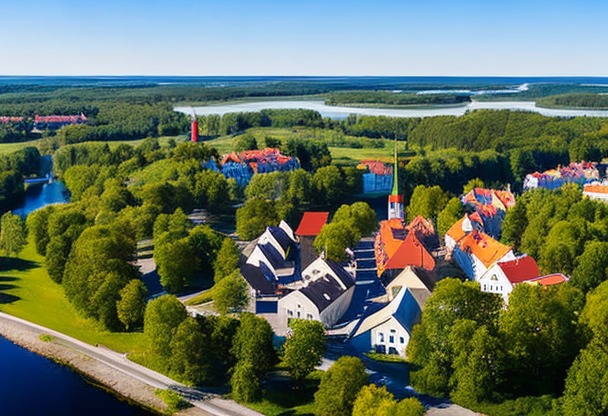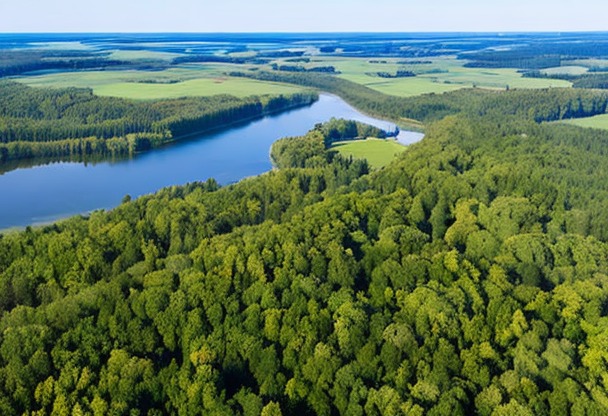Best time to travel to Estonia
Choosing the right time for your trip to Estonia can make all the difference. It's important to consider weather elements, seasonal events and busy tourist periods to maximize your travel experience.

Location
Climate
Low and high tourist season in Estonia
Depending on your preferences and constraints, some seasons may be more suitable than others for visiting Estonia.Low season: November to March
There low tourist season in Estonia runs from November to March. Temperatures are generally low (between -6 and 4°C), and days are short, with only a few hours of daylight. However, if you enjoy winter activities such as skiing, snowboarding and snowshoe trekking, this is the ideal time to enjoy the snow and snow-covered landscapes.Middle season: April, May and October
April, May and October are considered middle season in Estonia. Temperatures are milder and days longer than in winter. It's a pleasant time to discover the country, with fewer tourists and generally lower prices for accommodation and tourist activities. However, the weather can be quite unstable, with frequent rainfall.High season: June to September
There high tourist season in Estonia runs from June to September. Temperatures are generally higher (between 15 and 22°C), and days are long and sunny. This is the ideal time to enjoy Estonia's beaches, national parks and cultural visits. However, it's also the busiest and most expensive time to travel in Estonia.Major cultural events in Estonia
Estonia offers a rich cultural program throughout the year. Here are some of the major events not to be missed during your visit:- Tallinn Black Nights Film Festival Held every year in November, this international film festival presents a selection of independent, auteur and genre films from around the world.
- Tallinn Baroque Music Festival In June, this classical music festival showcases European and Estonian Baroque works in the city's historic venues.
- Baltic Culture Day Baltic Day: on June 23, this day celebrates the traditions and culture of the Baltic peoples (Estonians, Latvians and Lithuanians) with concerts, exhibitions and folk dance demonstrations.
- Estonian Song and Dance Festival Estonian Song Festival: held every five years in July, this festival brings together thousands of singers and dancers from all over Estonia to celebrate their cultural heritage. The next festival will take place in 2024.
Public holidays in Estonia
When planning your trip to Estonia, it's a good idea to be aware of local public holidays, which can affect the opening times of shops, museums and other tourist attractions. Here's a list of the main public holidays in Estonia:- January 1st - New Year's Day
- February 24 - Estonian National Day (anniversary of the Declaration of Independence in 1918)
- March/April - Good Friday and Easter Sunday (dates vary)
- May 1st - Labour Day
- June 23 - Saint John's Day (summer solstice)
- June 24 - Victory Day (commemorating the Battle of Võnnu in 1919)
- August 20 - Independence Restoration Day (celebration of the declaration of independence in 1991)
- December 25 and 26 - Christmas and Boxing Day
Insurance
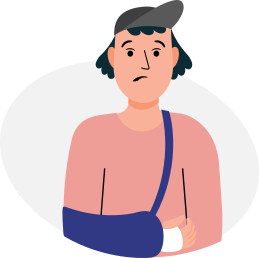
Your credit card does not cover you in all situations, that is whyIt is essential to take out insurance before you leave to avoid any unpleasant surprises. If you need to see a doctor or be hospitalized, in some countries, medical costs are very high and you will then find yourself having to pay several thousand euros.
Our partner Chapka Insurance proposes the contract CAP ASSISTANCE 24/24 with many essential guarantees.
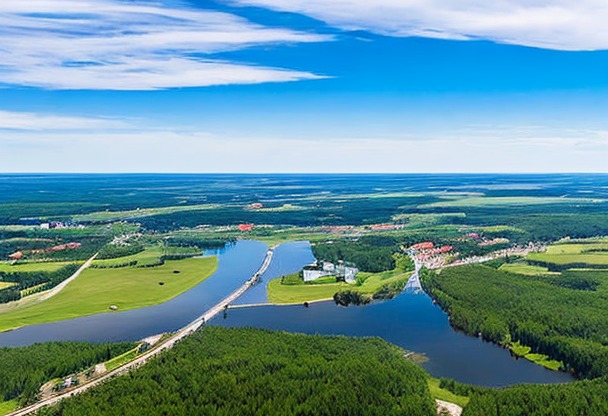
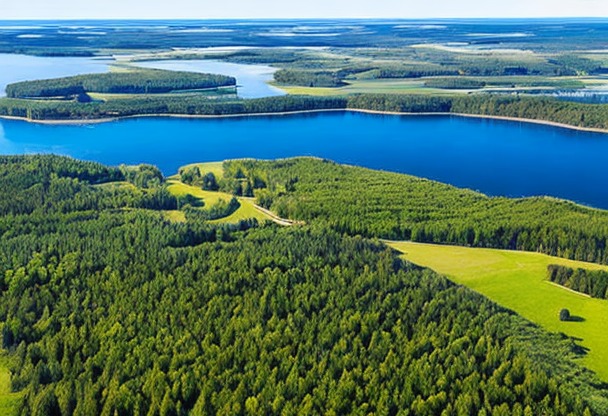
Flights
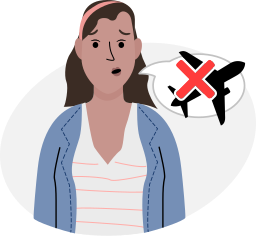
Your flight has been cancelled or delayed ?
You may be eligible for a compensation of up to €600 ! For this, lawyers are responsible for handling your claim with the airline and are only paid when the reimbursement is effective.
In conclusion, no financial risk for you, only advantages!
Statistics on immigration to Estonia
In recent years, Estonia has seen a steady increase in the number of immigrants settling here. According to data provided by the Estonian governmentIn 2020, the total number of foreigners living in Estonia reached around 220,000, or almost 16 % of the total population.Immigrant origins
Immigrants to Estonia mainly come from neighboring countries such as Russia, Ukraine and Belarus. However, there are also growing numbers of immigrants from other European countries, and even from Asia and Africa.- Russia: 49% of immigrants
- Ukraine: 12%
- Belarus: 3%
- Other European countries: 20%
- Asia and Africa: 16%
Reasons for immigration
The main reasons why people choose to immigrate to Estonia are :- Job: 60%
- Studies : 15%
- Family reunification: 10%
- Other reasons, including international protection and investment projects: 15%
Most popular visas in Estonia
Foreigners wishing to visit Estonia can apply for different types of visa, depending on their needs. Here are the most popular visas for Estonia:Schengen visa (short stay)
The Schengen visa is a short-stay visa allowing travel within the Schengen area for a maximum of 90 days within a 180-day period. This type of visa is mainly requested by tourists, people visiting friends or family, and business travelers.National visa (long-stay)
The national visa is a long-stay visa for people wishing to stay in Estonia for more than 90 days. The main reasons for applying for this type of visa are work, study, family reunification or entrepreneurship.Temporary residence permit
A temporary residence permit is granted to foreigners who plan to live in Estonia for an extended period. The most common reasons for applying for a temporary residence permit are work, study, family reunification and entrepreneurship.International tourism figures for Estonia
Estonia is an increasingly popular tourist destination, not least because of its rich history, unique culture and picturesque landscapes. International tourism figures show steady growth in recent years.Number of foreign tourists
In 2019, Estonia welcomed around 4.3 million foreign tourists, an increase of 5 % on the previous year. Most of these tourists came from neighboring countries such as Finland, Russia, Latvia and Sweden.Tourist origins
Main tourist attractions
Major tourist attractions in Estonia include the Old Town of Tallinn, a UNESCO World Heritage Site, and the many national parks, castles and museums dotted around the country. Other popular sites include coastal resorts, Baltic Sea islands and university towns such as Tartu.Government immigration policy
The Estonian government recognizes the importance of immigration to the country's economic and social development. That's why it has set up a number of programs aimed at facilitating the integration of immigrants into Estonian society, as well as attracting skilled workers and entrepreneurs from abroad.Quota program
In order to regulate immigration to Estonia, the government imposes an annual quota on temporary residence permits issued for professional reasons. This quota currently represents around 0.1 % of the country's total population.Integration programs
The Estonian government also offers various integration programs designed to help immigrants adapt to their new life in Estonia, such as Estonian language courses, cultural workshops and counseling services.